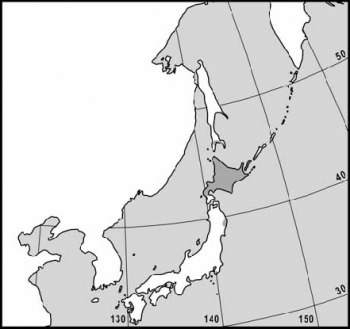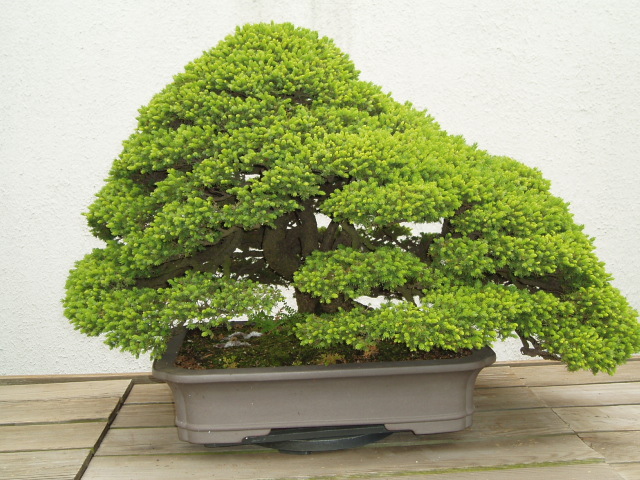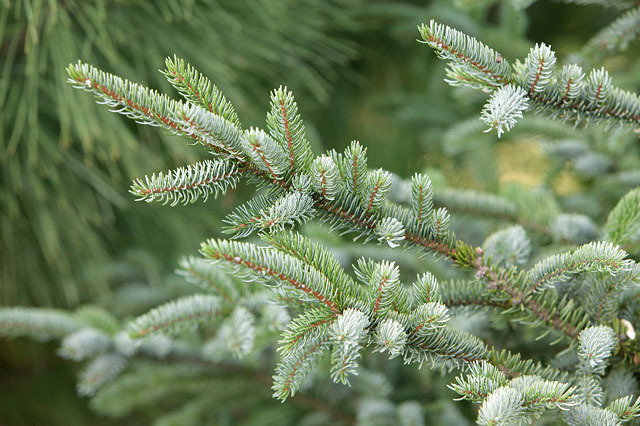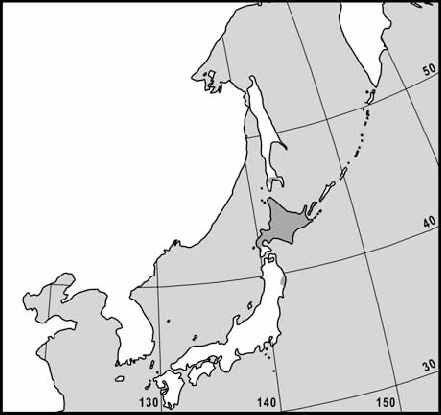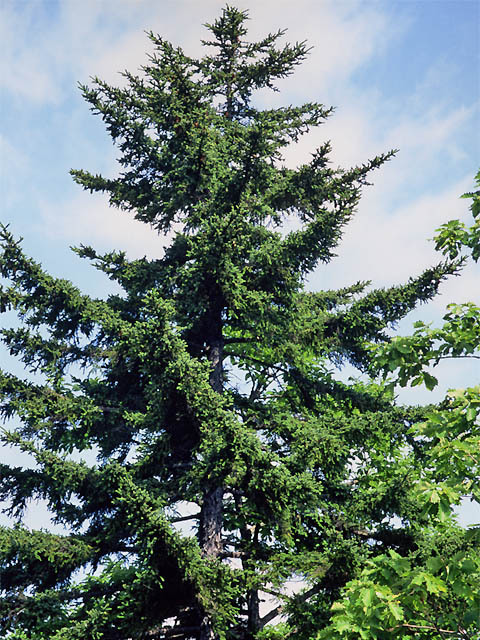Picea glehnii, as described in 1880 by (F. Schmidt) Maxwell Tylden Masters (1833-1907), in The Gardeners' Chronicle, 13th edition, is commonly known as Sakhalin spruce; as well as アカエゾマツ (aka ezo matsu) in the Japanese language. This species name honors Peter von Glehn (1835-1876), who accompanied the first botanical author, Friedrich Schmidt, on the Russian Geographical Society expedition to eastern Asia in 1961. during which time he collected the type specimen on Sakhalin island.
Description. Sakhalin spruce is an evergreen coniferous species of tree that grows to mature heights of 100 feet (30 m); with a trunk up to 40 inches (100 cm) in diameter, measured at breast height. The crown of a mature tree is pyramidal to conical, presenting long, narrow branches which spread short and horizontally.

Distribution. This species is native to Russia - southern Sakhalin and the Kurile islands; as well as Japan - Kuriles, Hokkaido and northern Honshu islands (Iwate Prefecture, Mt. Hayachine), growing from near sea level to 5,400 feet (1,600 m) elevation. It's preferred climate is cold, wet, maritime thriving in poor, rocky, basic soil.
Hardy to USDA Zone 4 - cold hardiness limit between -30° and -20°F (-34.3° and -28.9°C).
Although most resources literature describe this species a zone 4 and 5 plant, it is known to have survived winters in Manitoba, Canada (USDA Zone 3a) for 3 years without any problems, although plants are still small. Don Howse of Porterhowse Farms also shows it as a zone 3 plant. Gerd Krussmann reports in Manual Of Cultivated Conifers as, "very hardy; in its habitat often growing in cold, marsh soil."
